How Cloud Performance Monitoring Improves Reliability and Uptime
- Nitin Yadav
- Knowledge
About
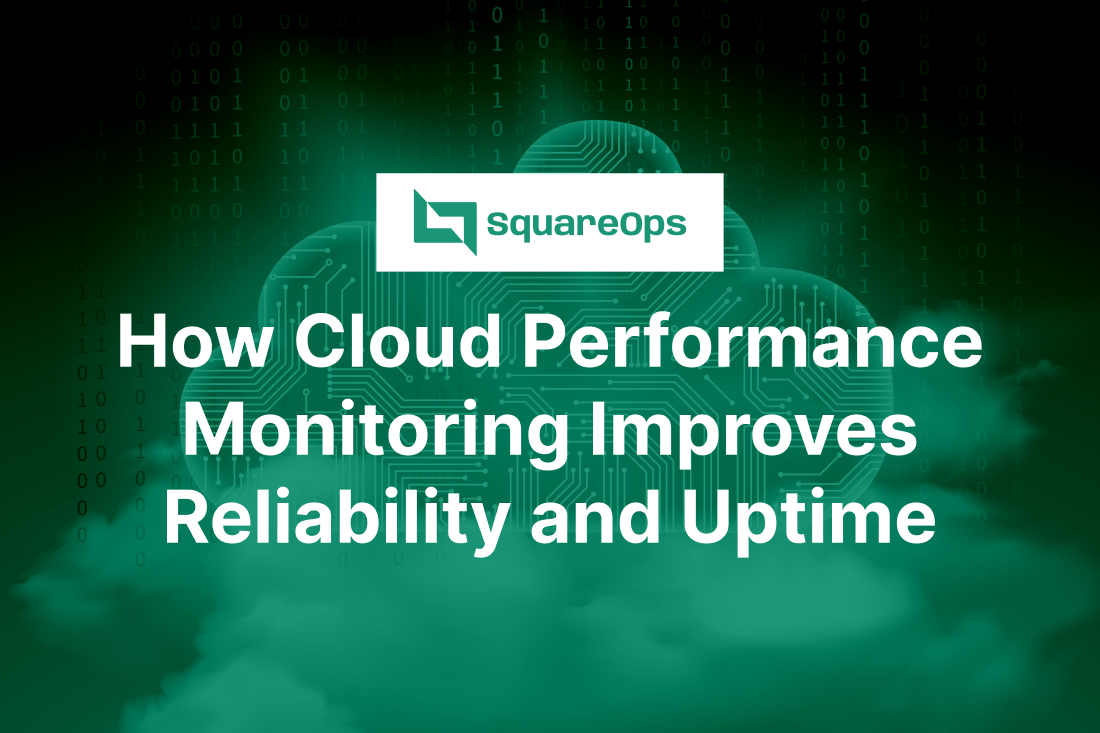
Learn how cloud performance monitoring improves uptime and reliability in 2025. Discover tools, strategies, and automation that prevent downtime and boost resilience.
Industries
- Cloud Performance Monitoring, Cloud Security, cloud security provider, SquareOps
Share Via
Introduction
In today’s hyper-connected and digital-first world, users expect services to be always available, responsive, and secure. As organizations increasingly move their workloads to the cloud, maintaining consistent performance becomes both a strategic and technical challenge. Cloud performance monitoring emerges as a foundational capability—empowering engineering teams to detect performance issues early, mitigate downtime, and deliver seamless user experiences.
This in-depth guide will explore the role of cloud performance monitoring in improving uptime and reliability. We will break down the essential tools, frameworks, strategies, and real-world applications, ensuring you gain clarity on how to build a resilient and performance-optimized cloud infrastructure in 2025 and beyond.
What is Cloud Performance Monitoring?
Cloud performance monitoring is the process of observing, measuring, and analyzing the performance of cloud-hosted infrastructure, services, and applications in real-time. It combines telemetry data such as metrics, logs, and distributed traces to help teams:
- Detect performance bottlenecks and system degradation
- Understand resource utilization trends
- Track service uptime and availability
- Investigate root causes of failures
- Validate deployments and service level objectives (SLOs)
Cloud performance monitoring supports both proactive and reactive operational strategies. It enables Site Reliability Engineers (SREs), DevOps engineers, and platform teams to ensure reliability and maintain service-level agreements (SLAs) with confidence.
Why Uptime and Reliability Are Business-Critical
Downtime is no longer acceptable—not for a minute, not even for a few seconds. In industries like finance, healthcare, eCommerce, and SaaS, availability and speed are directly tied to revenue, compliance, and customer loyalty.
The Cost of Downtime
- According to Gartner, the average cost of IT downtime is $5,600 per minute, translating to over $300,000 per hour for large organizations.
- Lost productivity, customer dissatisfaction, and reputational damage add to this cost exponentially.
The Reliability Mandate in 2025
- 99.99% uptime is the new standard for customer-facing platforms.
- Users expect low latency, high concurrency, and rapid incident resolution.
- Systems must be architected for failover, autoscaling, and real-time monitoring.
Cloud performance monitoring plays a pivotal role in fulfilling these expectations by acting as the “early warning system” for performance degradation.
Core Benefits of Cloud Performance Monitoring
1. Early Detection of Degradation
Monitoring tools analyze system behavior continuously to spot spikes in latency, increased error rates, memory leaks, or unbalanced loads—often before users are impacted.
2. Accelerated Root Cause Analysis (RCA)
Combining distributed tracing, log correlation, and dependency mapping enables faster RCA, helping teams resolve issues quickly.
3. Reduced Mean Time to Recovery (MTTR)
Alert automation and integrated incident management tools ensure teams act faster, cutting recovery times from hours to minutes.
4. Enhanced DevOps Velocity
Monitoring CI/CD pipelines helps verify deployments in real time and rollback or remediate faster when needed.
5. Data-Driven Capacity Planning
Historical usage trends and forecasting models inform capacity needs and help prevent over- or under-provisioning.
6. Improved Customer Experience
User-centric monitoring such as Real User Monitoring (RUM) or synthetic testing gives visibility into real-world performance, leading to enhanced experiences.
7. Compliance and SLA Adherence
Cloud monitoring logs and audit trails support compliance reporting and prove SLA fulfillment for enterprise clients.
Key Components of a Modern Cloud Performance Monitoring Stack
1. Telemetry Collection
- Infrastructure Metrics: CPU, Memory, Disk I/O, Network
- Application Metrics: Response times, throughput, queue depth
- Business Metrics: Transactions per second, cart abandonment, conversion rates
2. Logging and Log Correlation
- Ingest and parse structured/unstructured logs across services
- Use log pipelines to enrich, transform, and correlate with traces or metrics
3. Distributed Tracing
- Capture end-to-end request flows across microservices
- Identify latency contributors and performance bottlenecks
4. Alerting and Notification System
- Static thresholds and anomaly-based triggers
- Alert routing via Slack, MS Teams, PagerDuty, Opsgenie
5. Dashboards and Reporting
- Customizable dashboards for different roles (Ops, Dev, Exec)
- Time series visualization, health heatmaps, SLO tracking
6. Synthetics and RUM
- Simulate user actions (synthetic)
- Capture real user data from browsers/devices (RUM)
Top Tools for Cloud Performance Monitoring in 2025
Tool | Key Strengths | Ideal For |
Datadog | Full-stack observability, seamless integration | Enterprises, SaaS teams |
New Relic | Telemetry platform, intuitive UX | Startups, DevOps-centric teams |
Dynatrace | Davis AI, auto-discovery, Smartscape | Large-scale, complex enterprise stacks |
AppDynamics | Business-to-code correlation, baselines | BFSI, ERP-heavy orgs |
Prometheus | Time-series DB, K8s native metrics | Cloud-native platforms with in-house ops |
Grafana | Visualizations, alerting, OSS plugins | Open-source deployments, dashboards |
Amazon CloudWatch | AWS-native observability suite | AWS-only environments |
Azure Monitor | Deep integration with Azure workloads | Azure-first infrastructure |
GCP Monitoring | Real-time logs, metrics, and tracing in GCP | GCP-native teams |
Advanced Strategies for Uptime & Reliability
. Error Budgeting and SLO Management
- Define SLOs per service based on customer expectations
- Allocate error budgets and use them to govern release velocity
2. Auto-Remediation with Observability Triggers
- Combine observability alerts with scripts that restart services, scale nodes, or trigger chaos engineering tests automatically
3. Load Testing + Monitoring Integration
- Continuously validate system capacity under peak conditions
- Use tools like k6 or JMeter tied to Datadog or Grafana
4. AI-Powered Anomaly Detection
- Leverage ML to baseline normal behavior and detect issues without static thresholds
5. Zero-Trust Monitoring Layers
Include security metrics, unauthorized access attempts, and encryption overheads in performance insights
Real-World Case Study: Scaling a Global SaaS Product
Company: B2B Collaboration Platform
Challenge:
- 20% YoY growth stressed backend services
- Performance issues in EU region degraded user experience
- Incident resolution time averaged 30 minutes
Solution:
- Deployed New Relic across APIs, frontend, and database
- Used RUM + synthetic tests to simulate user traffic from Europe
- Set up anomaly-based alerting with fallback traffic routing
Results:
- MTTR reduced to under 8 minutes
- 99.995% uptime maintained consistently
User satisfaction (NPS) increased by 18%
Implementation Checklist
- Audit current telemetry coverage
- Define SLIs and SLOs for key services
- Deploy tracing agents across critical paths
- Create dashboards for business and engineering KPIs
- Integrate alerting with incident response workflows
- Set up synthetic checks for login, checkout, and search paths
- Run load tests quarterly and validate scalability
Review and update alerting rules quarterly
Conclusion
Cloud performance monitoring is more than just dashboards and alerts. It’s a critical pillar of system reliability, user satisfaction, and business success. As systems become more distributed and customer expectations rise, investing in the right monitoring stack—backed by processes and culture—can drastically reduce downtime, improve resolution times, and unlock smarter operations.
In 2025, the organizations that lead in performance monitoring will be the ones that ship faster, recover smarter, and deliver experiences users trust.
Let me know if you’d like this article exported as a PDF, turned into a whitepaper, or used for a LinkedIn campaign.
Frequently asked questions
Monitoring shows what’s wrong; observability helps explain why it’s happening by analyzing the system’s internal state.
It ensures fast response times, reduces downtime, and helps catch issues before users notice them.
Yes. Monitoring verifies the impact of new code on production in real time.
It tracks requests across microservices to show latency contributors and pinpoint slow services
Yes, by identifying overprovisioned resources and enabling autoscaling based on demand.
Under 10 minutes for high-priority services in mature DevOps organizations.
They simulate user actions (login, search, payment) to test uptime and latency from different regions.
Absolutely. AI reduces noise, spots outliers, and accelerates diagnostics.
Possibly. Many teams use Datadog for cloud, Prometheus for K8s, and AppDynamics for app performance
Start with educating teams, defining SLOs, holding post-incident reviews, and making observability part of the DevOps pipeline.
Related Posts
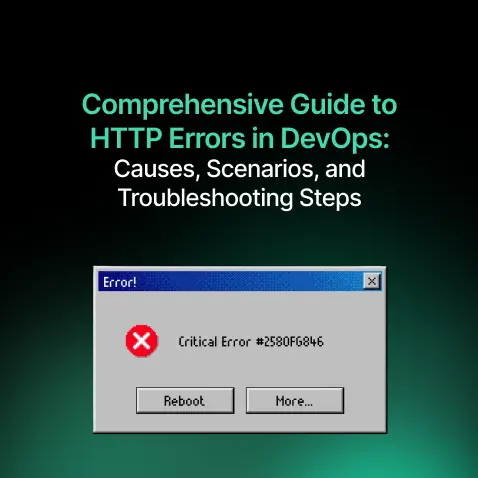
Comprehensive Guide to HTTP Errors in DevOps: Causes, Scenarios, and Troubleshooting Steps
- Blog
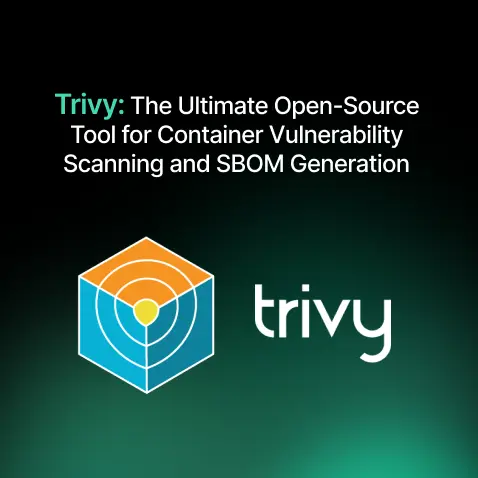
Trivy: The Ultimate Open-Source Tool for Container Vulnerability Scanning and SBOM Generation
- Blog
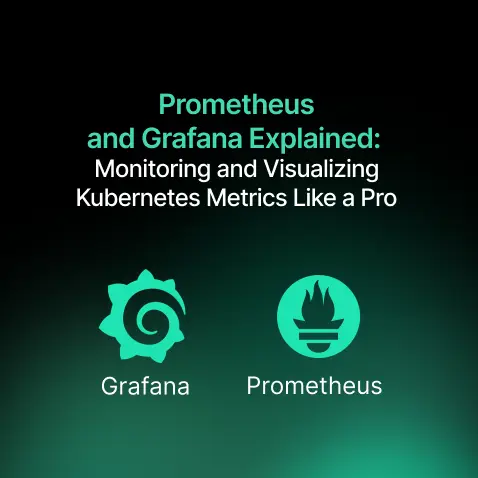
Prometheus and Grafana Explained: Monitoring and Visualizing Kubernetes Metrics Like a Pro
- Blog
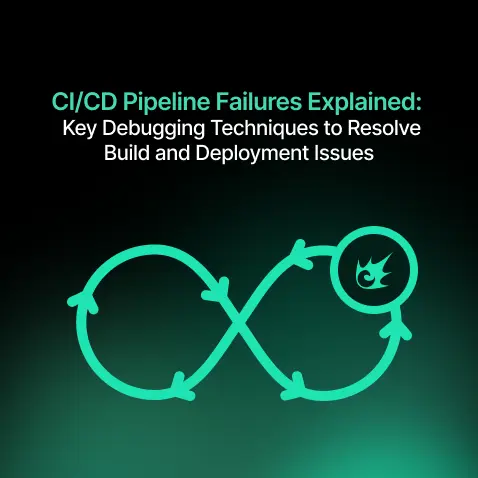
CI/CD Pipeline Failures Explained: Key Debugging Techniques to Resolve Build and Deployment Issues
- Blog
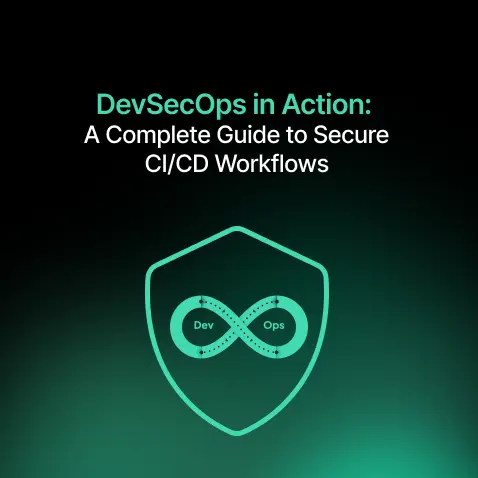
DevSecOps in Action: A Complete Guide to Secure CI/CD Workflows
- Blog
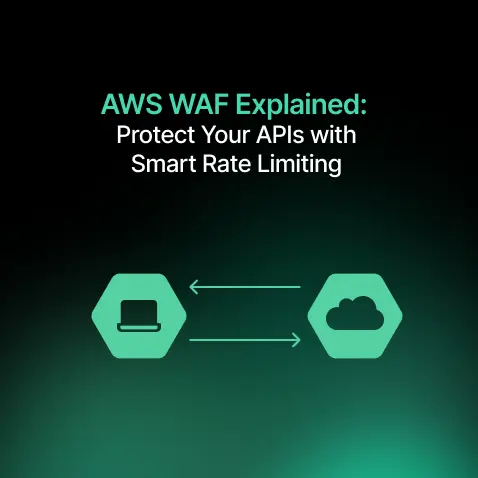
AWS WAF Explained: Protect Your APIs with Smart Rate Limiting
- Blog

